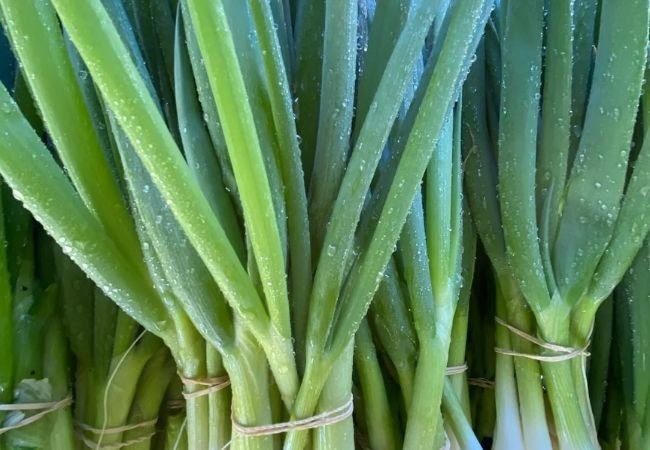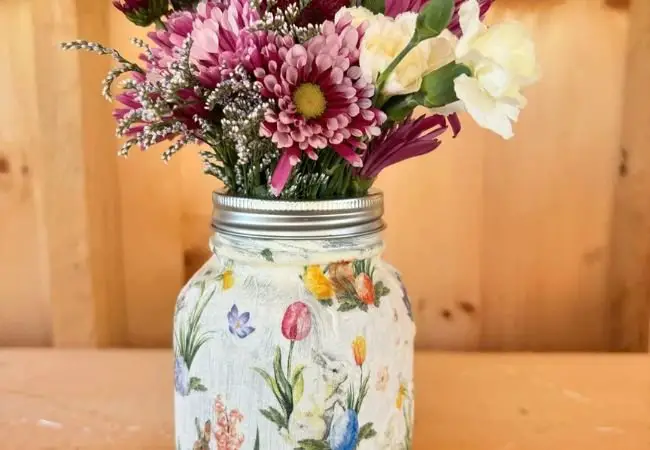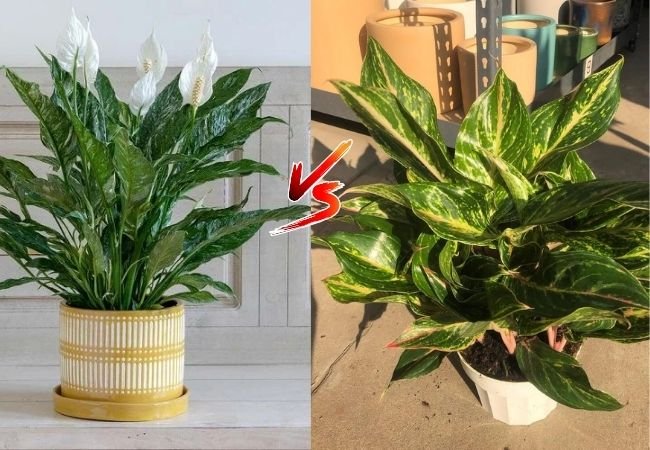Transform your indoor space into a thriving vegetables garden with these 24 easy-to-grow vegetables. Discover tips and tricks for indoor gardening to enjoy fresh produce year-round.
Have you ever dreamed of picking fresh vegetables from your own garden, even in the middle of winter? With indoor gardening, you can make this dream a reality. This guide will introduce you to 24 vegetables that thrive indoors, along with tips to help you succeed. Whether you have a sunny windowsill or a dedicated grow room, you’ll find options that work for your space and skill level.
Why Grow Vegetables Indoors?
Indoor vegetable gardening offers many benefits:
- Year-round fresh produce
- Control over growing conditions
- No need for outdoor space
- Fewer pest problems
- Fun and rewarding hobby
Now, let’s dive into the vegetables you can grow indoors and how to care for them.
Leafy Greens: The Indoor Gardener’s Best Friend
1. Lettuce

Lettuce is perfect for indoor growing. It grows quickly and doesn’t need much space.
Tips:
- Choose loose-leaf varieties for continuous harvesting
- Provide 6-8 hours of light daily
- Harvest outer leaves as needed
2. Spinach

Spinach is packed with nutrients and grows well in cooler indoor temperatures.
Tips:
- Plant seeds every few weeks for a constant supply
- Keep soil moist but not waterlogged
- Harvest leaves when they’re 3-4 inches long
3. Kale

Kale is a superfood that’s easy to grow indoors.
Tips:
- Choose dwarf varieties for smaller spaces
- Provide at least 6 hours of light daily
- Harvest outer leaves, leaving the center to keep growing
4. Swiss Chard
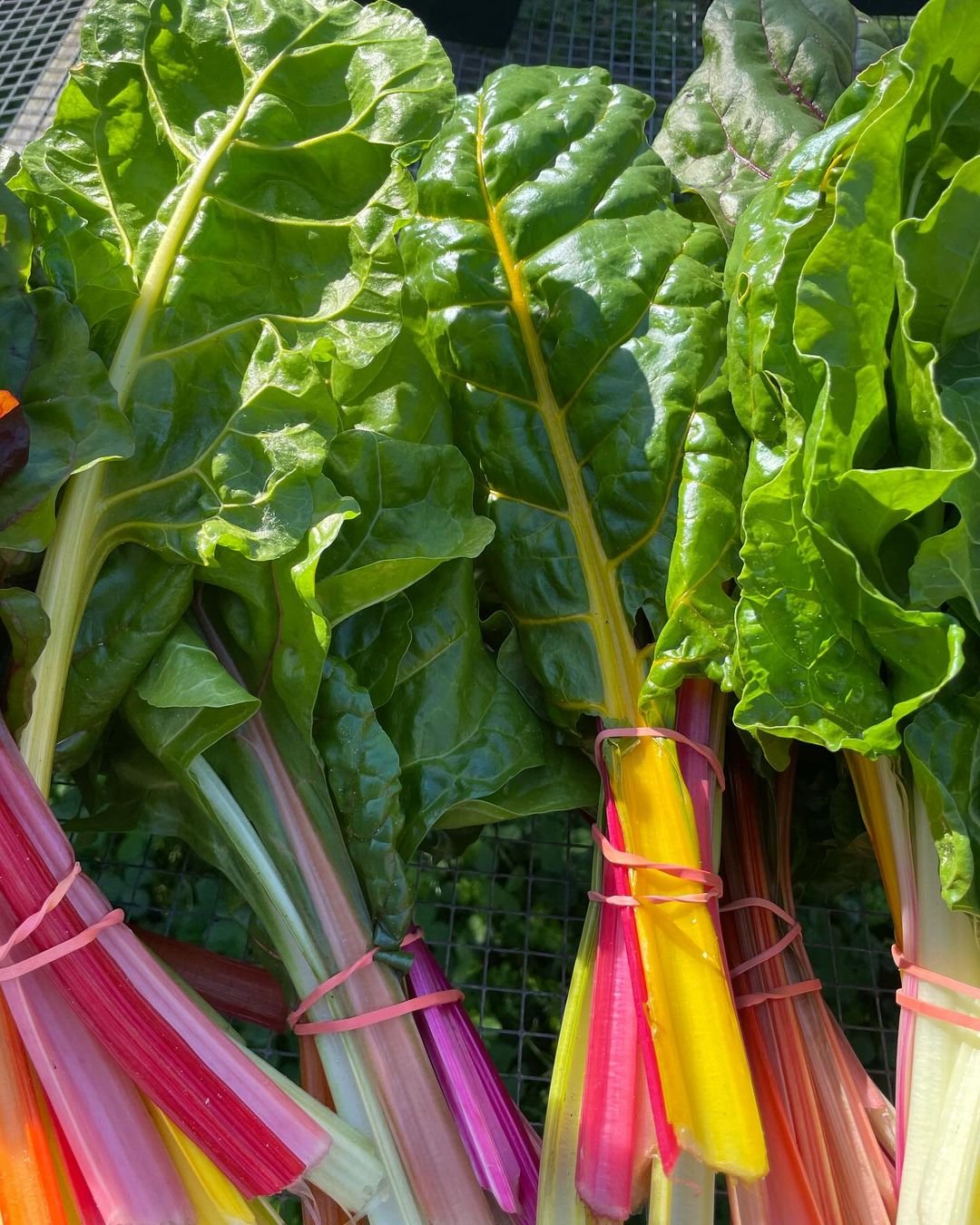
Swiss chard adds color to your indoor garden and your plate.
Tips:
- Plant in a deep pot to accommodate its roots
- Water regularly to keep soil moist
- Harvest outer leaves when they’re 4-6 inches tall
Herbs: Flavor at Your Fingertips
5. Basil

Basil is a popular herb that grows well indoors.
Tips:
- Provide plenty of light – at least 6 hours daily
- Pinch off flower buds to encourage leaf growth
- Harvest leaves regularly to promote bushy growth
6. Mint

Mint is a fast-growing herb that’s perfect for beginners.
Tips:
- Grow in its own container to prevent spreading
- Keep soil consistently moist
- Harvest leaves as needed
7. Cilantro
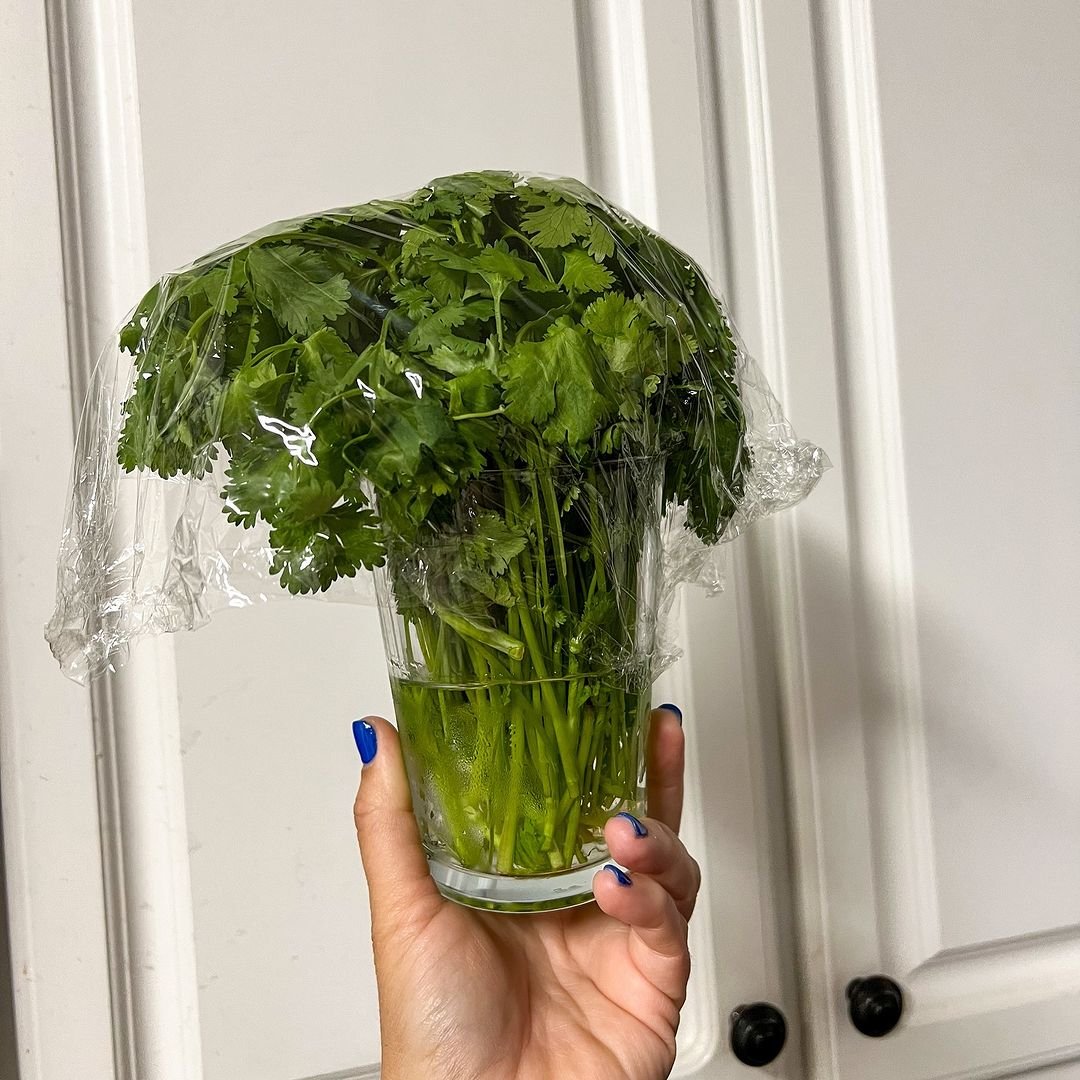
Cilantro adds fresh flavor to many dishes and grows quickly indoors.
Tips:
- Sow seeds every few weeks for a constant supply
- Provide cool temperatures (60-70°F)
- Harvest whole plants or individual leaves
8. Chives
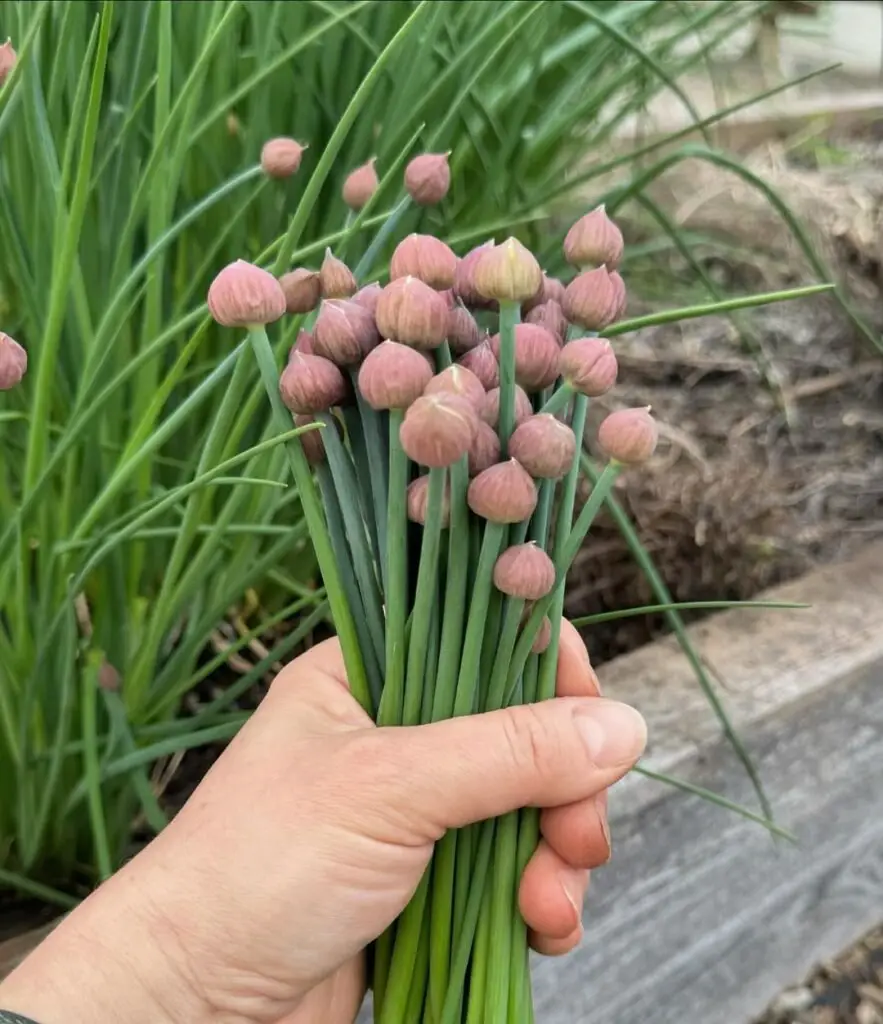
Chives are easy to grow and add a mild onion flavor to dishes.
Tips:
- Provide at least 6 hours of light daily
- Water when the top inch of soil feels dry
- Cut leaves from the outside of the plant as needed
Root Vegetables: Underground Treasures
9. Carrots
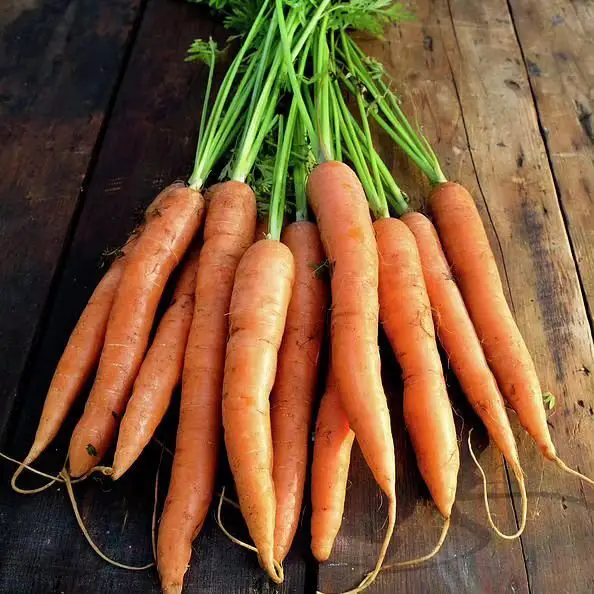
Yes, you can grow carrots indoors! Choose shorter varieties for best results.
Tips:
- Use a deep pot (at least 12 inches)
- Keep soil consistently moist
- Thin seedlings to allow space for roots to grow
10. Radishes
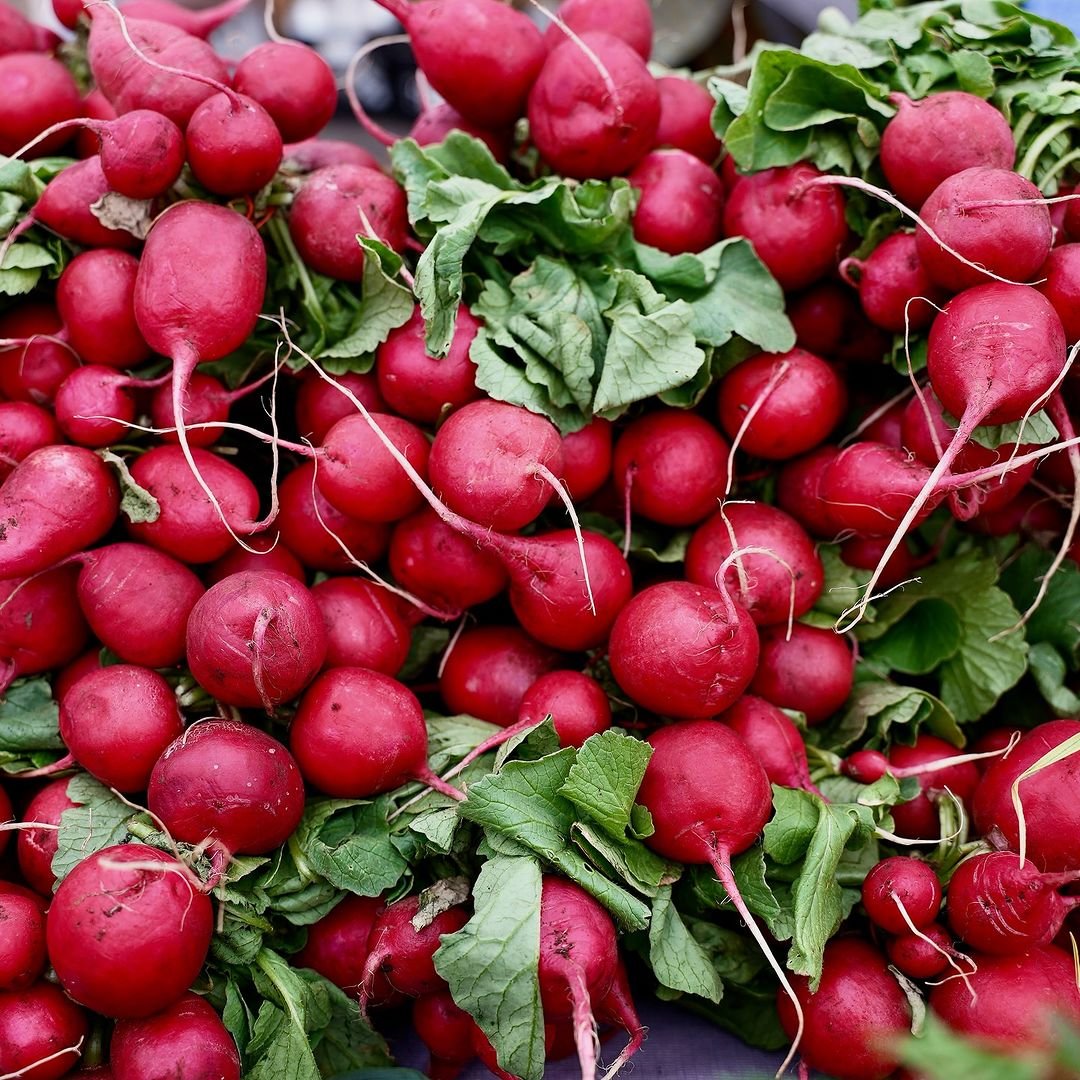
Radishes grow quickly and don’t need much space.
Tips:
- Sow seeds every two weeks for a continuous harvest
- Thin seedlings to 2 inches apart
- Harvest when roots are about 1 inch in diameter
11. Beets
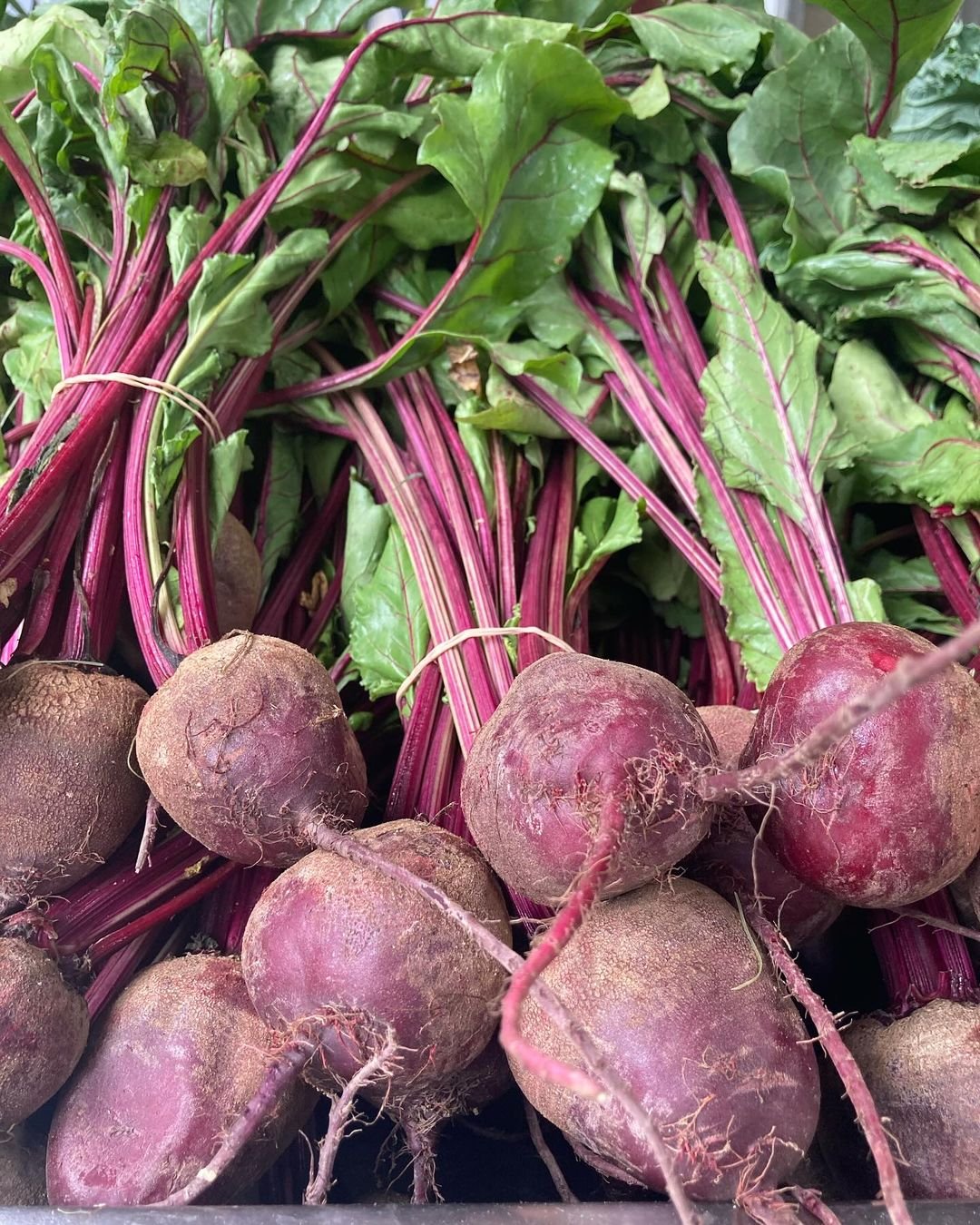
Beets grow well in containers and you can eat both the roots and leaves.
Tips:
- Use a pot at least 8 inches deep
- Thin seedlings to 3 inches apart
- Harvest leaves for salads and roots when they’re 1-2 inches in diameter
Alliums: Flavorful and Easy
12. Green Onions
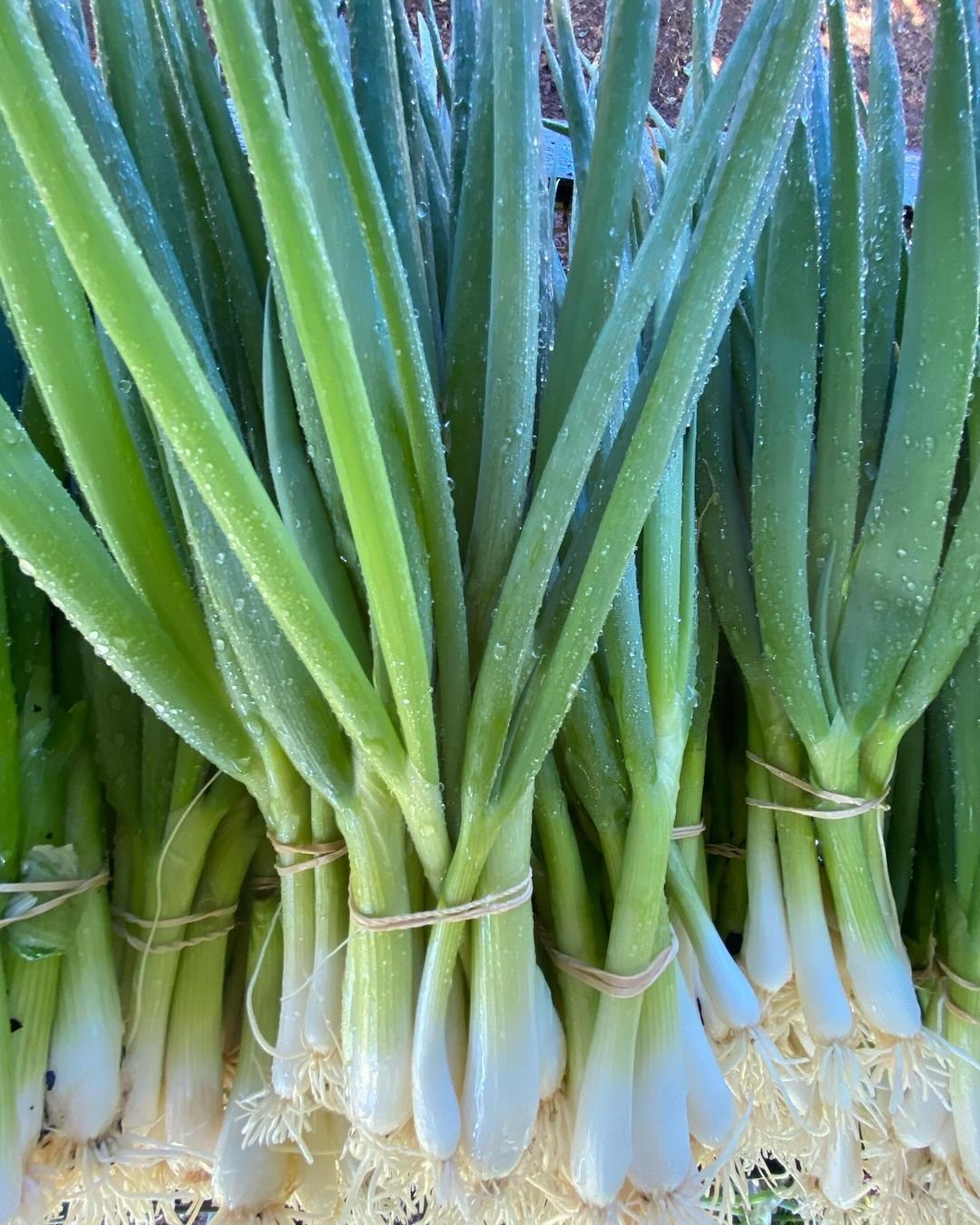
Green onions are one of the easiest vegetables to grow indoors.
Tips:
- Regrow from store-bought green onions by placing roots in water
- Change water every few days
- Harvest the green tops as needed
13. Garlic Greens
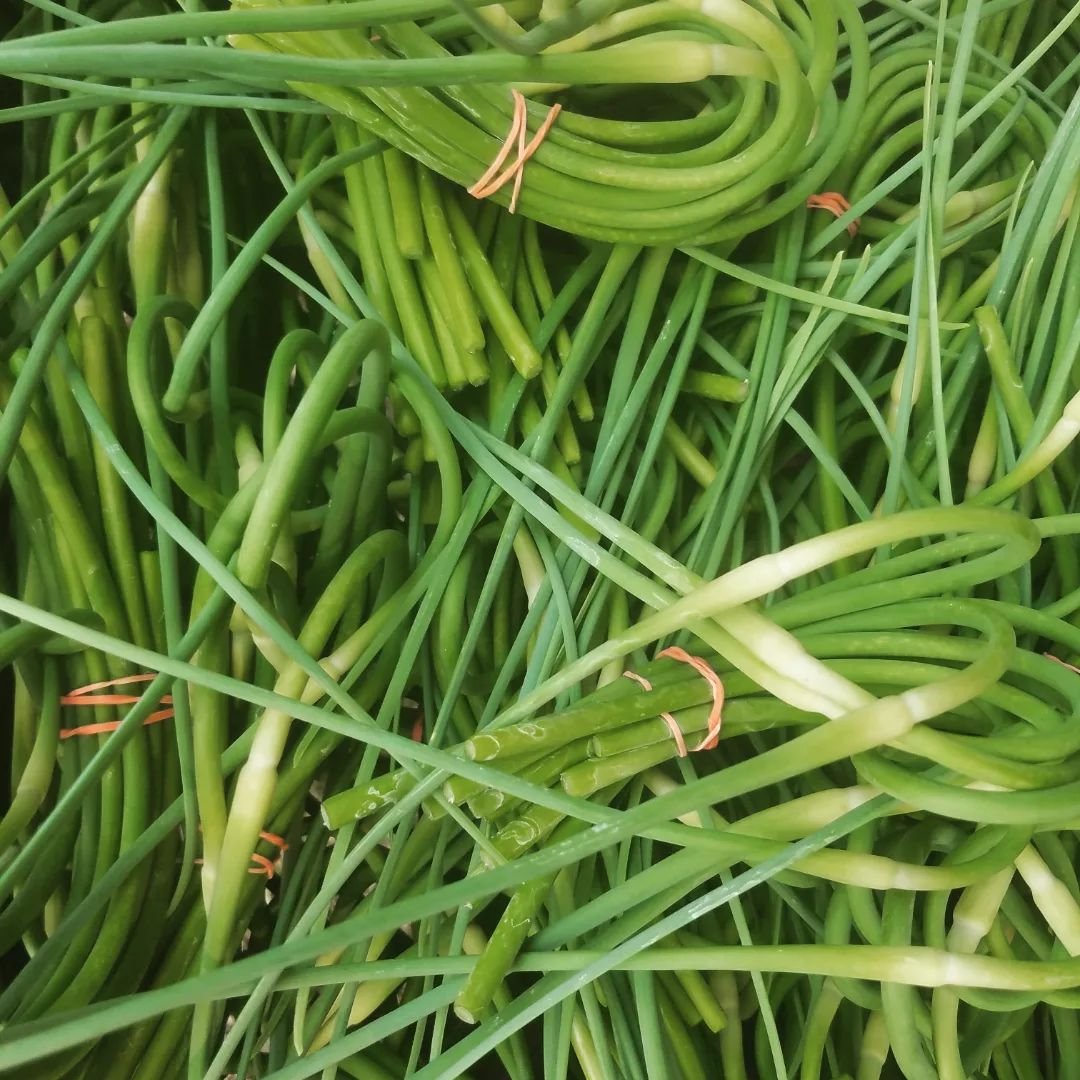
While you can’t grow full garlic bulbs indoors, you can grow tasty garlic greens.
Tips:
- Plant individual cloves in soil, pointed end up
- Water lightly and place in a sunny spot
- Harvest greens when they’re 6-8 inches tall
Fruiting Vegetables: A Challenge Worth Taking
14. Cherry Tomatoes
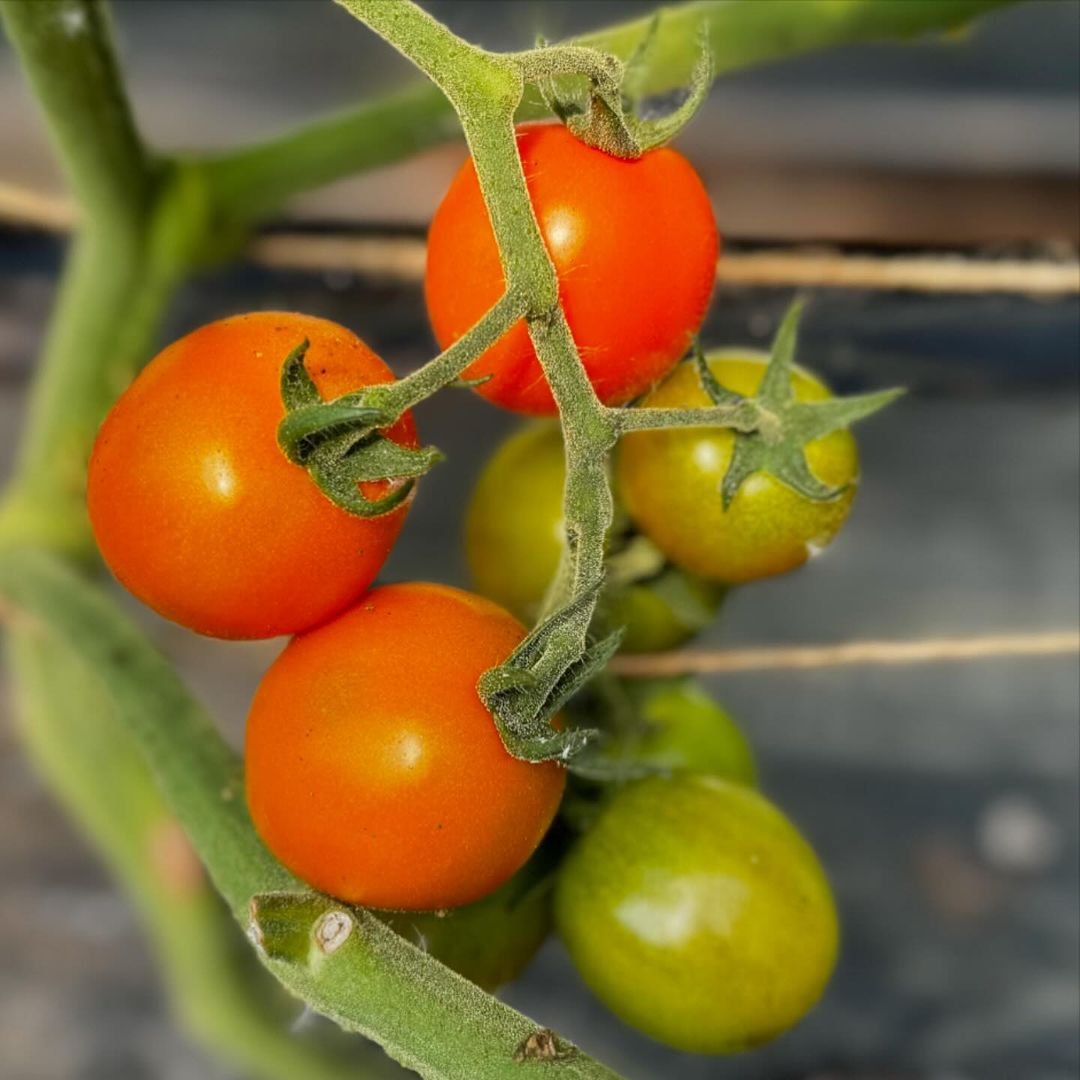
Small tomato varieties can be grown indoors with the right care.
Tips:
- Choose dwarf or determinate varieties
- Provide at least 8 hours of light daily
- Use a large pot (at least 12 inches deep) and stake plants for support
15. Peppers
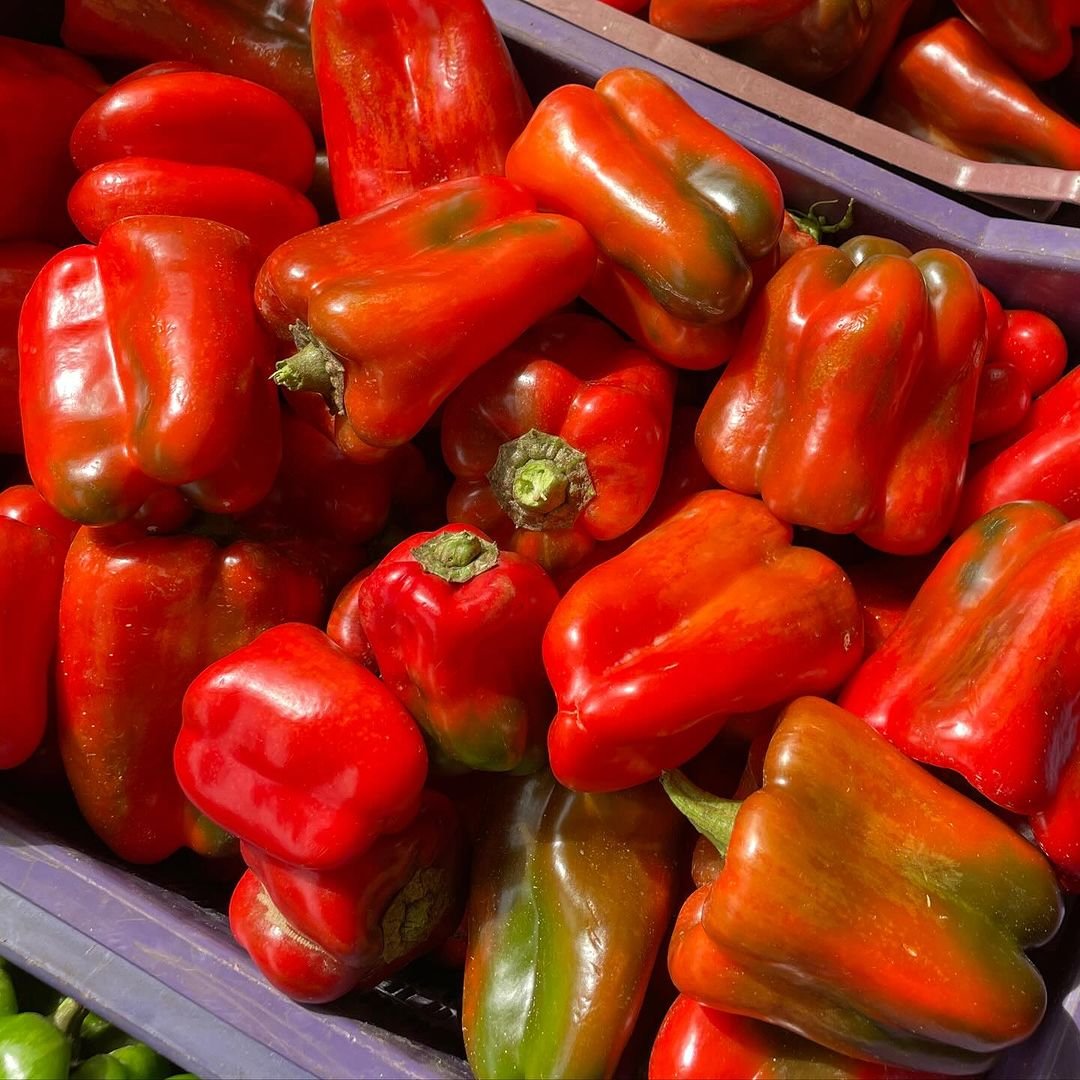
Small pepper varieties can thrive indoors.
Tips:
- Choose compact varieties like Thai peppers or small bell peppers
- Provide plenty of light – at least 8 hours daily
- Hand-pollinate flowers by gently shaking the plant or using a small brush
16. Microgreens
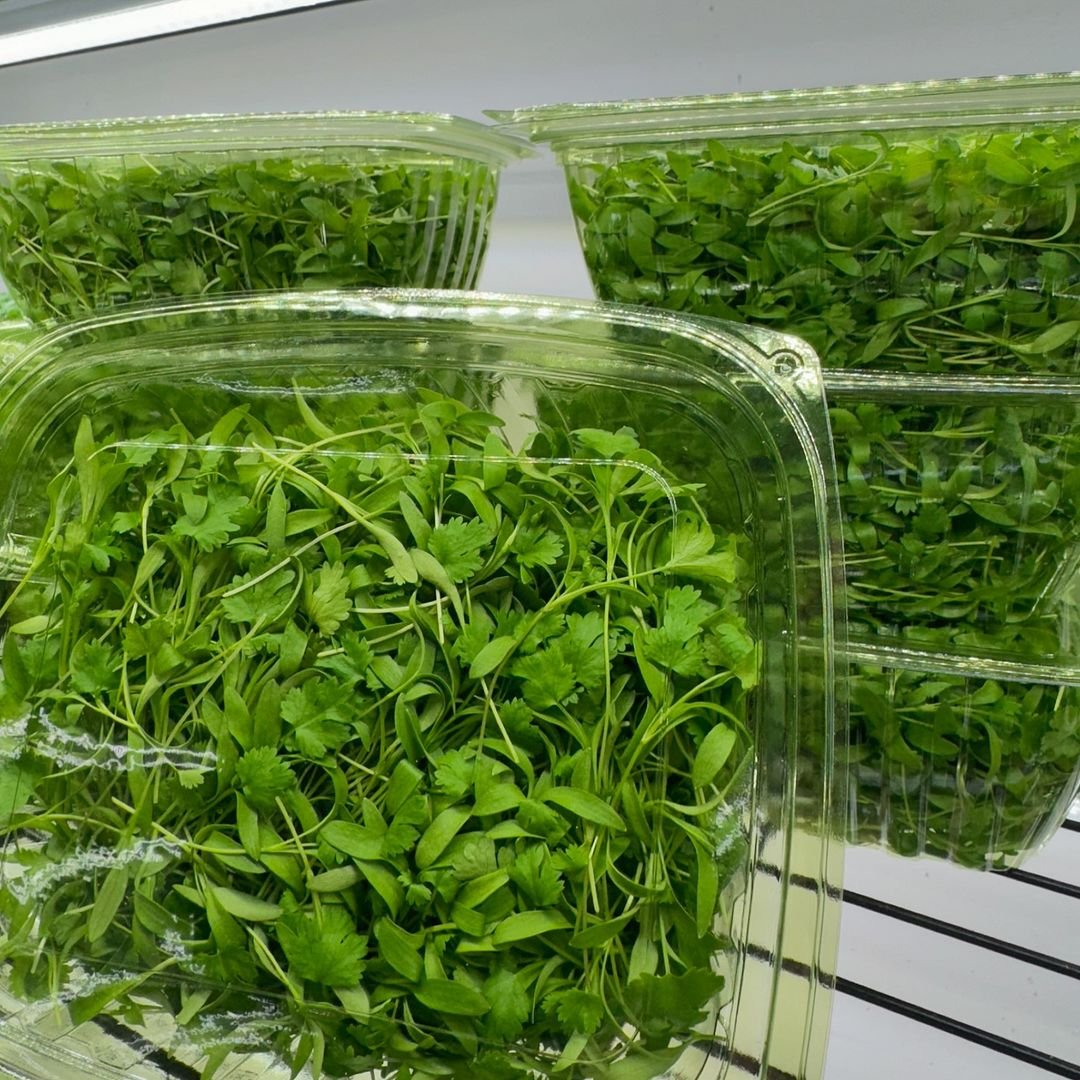
Microgreens are vegetable seedlings harvested when very young.
Tips:
- Use a shallow tray filled with potting mix
- Sprinkle seeds densely over the soil
- Harvest when seedlings have their first set of true leaves
17. Sprouts
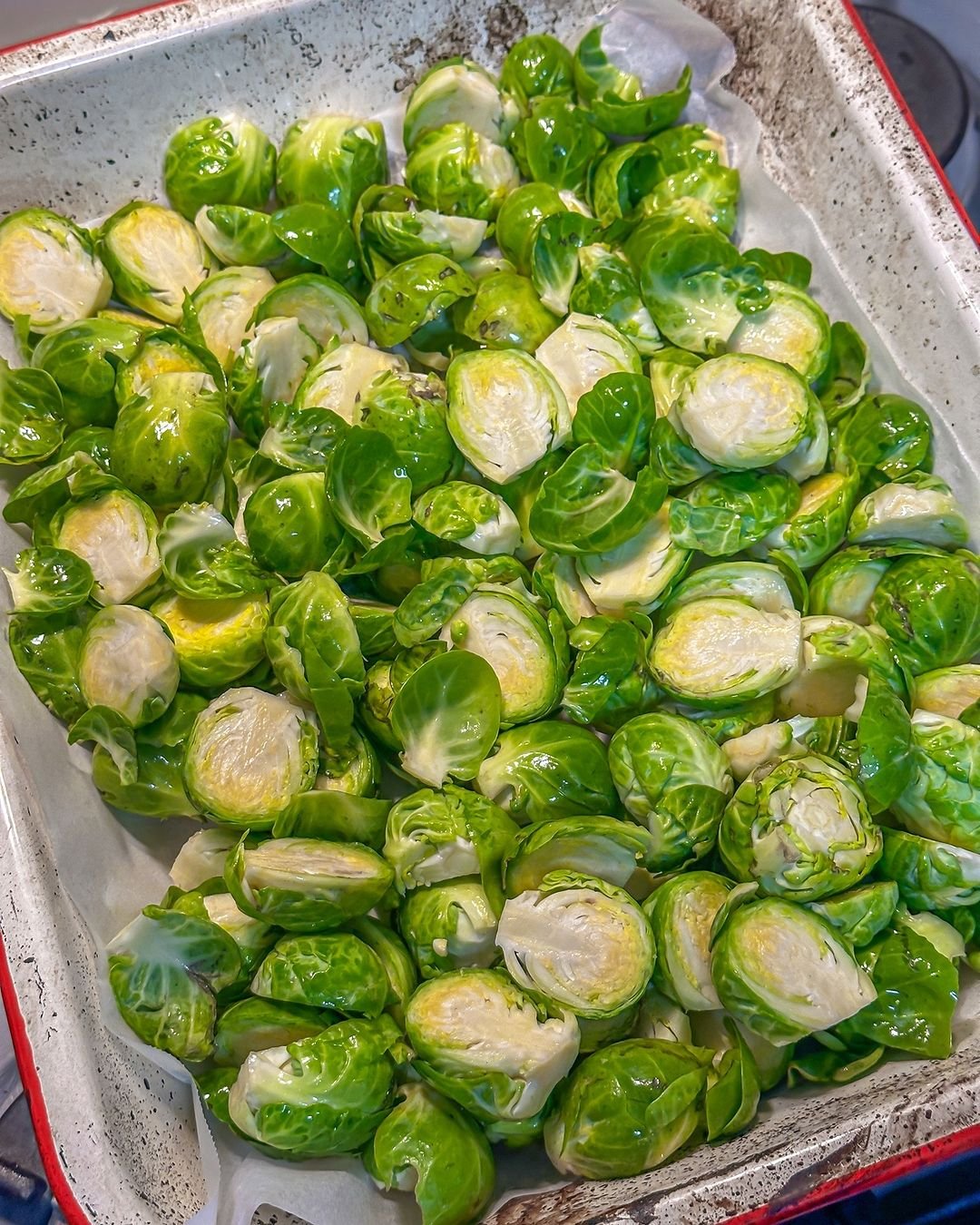
Sprouts are seeds germinated in water, not soil.
Tips:
- Use a jar with a mesh lid or a sprouting tray
- Rinse seeds 2-3 times daily
- Harvest when sprouts are 1-2 inches long
18. Mushrooms

While not technically a vegetable, mushrooms are a fun indoor crop.
Tips:
- Buy a mushroom growing kit for easiest results
- Keep in a dark, humid place
- Harvest when caps have opened but before they release spores
Other Vegetables to Try Indoors
19. Dwarf Bok Choy
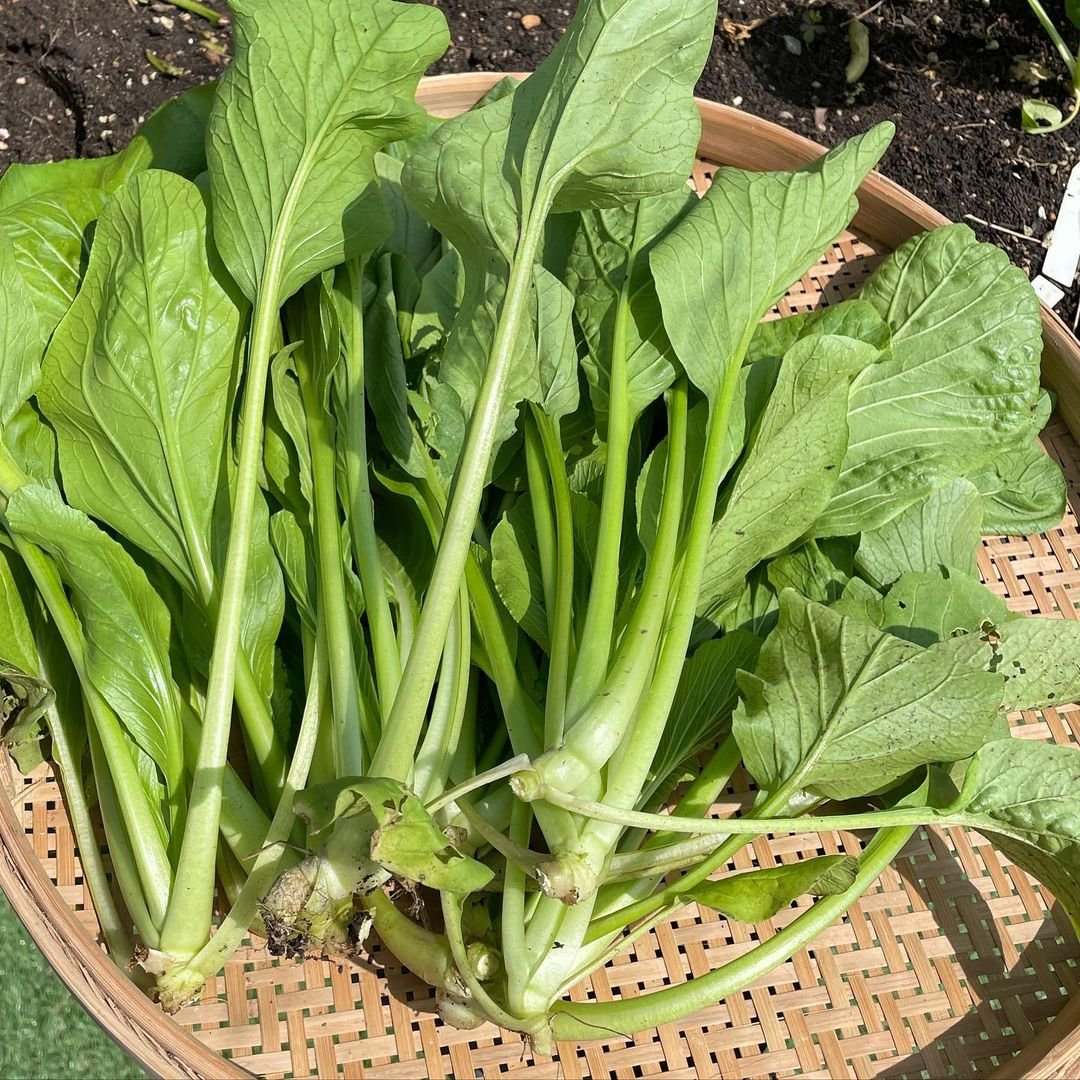
Dwarf bok choy is a compact variety of Chinese cabbage that’s perfect for indoor growing.
Tips:
- Sow seeds directly in a pot at least 6 inches deep
- Provide 6-8 hours of light daily
- Harvest when plants are 4-6 inches tall, about 30-45 days after planting
- Can be regrown from the base after harvesting
20. Mustard Greens
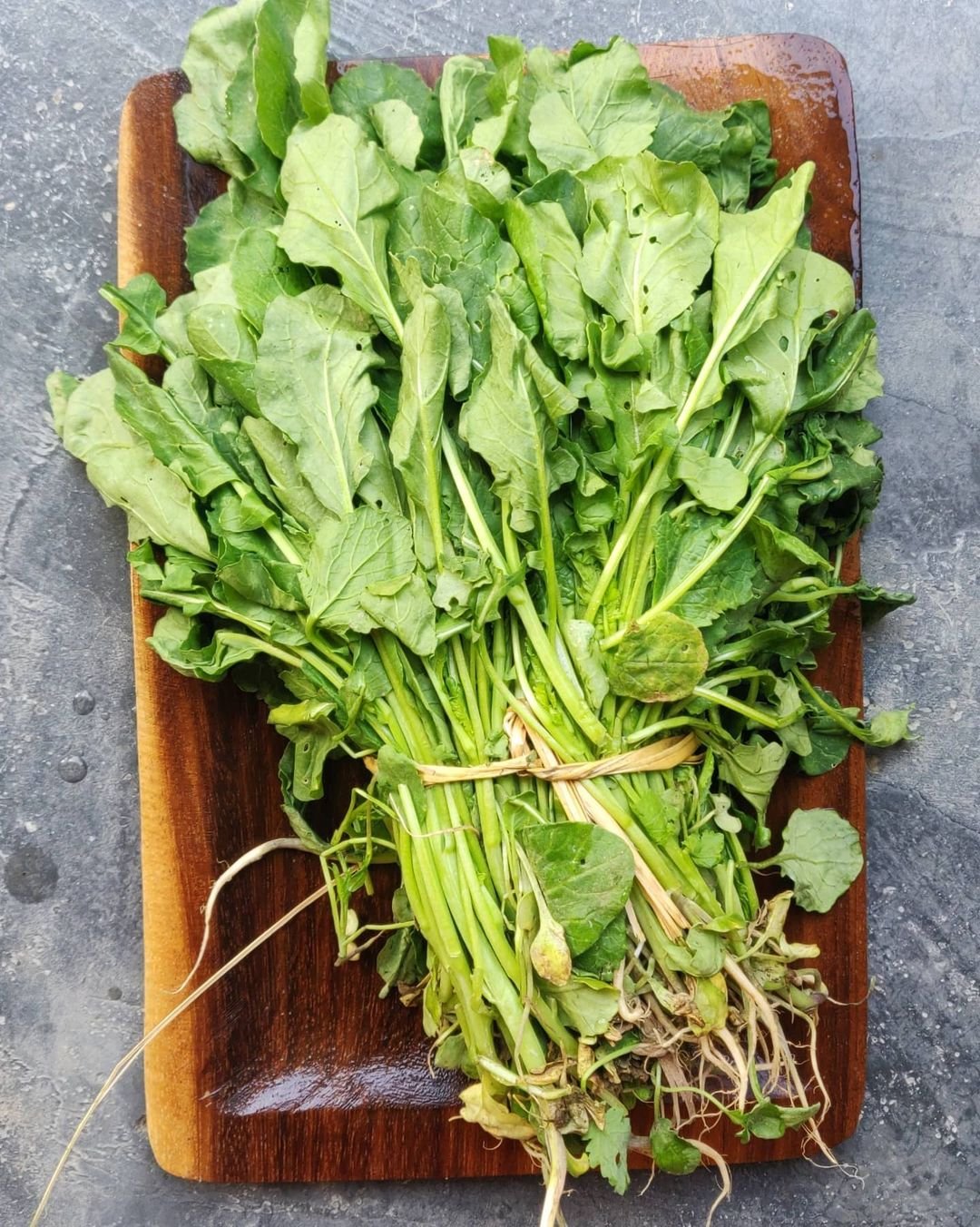
Mustard greens add a spicy kick to salads and stir-fries and grow quickly indoors.
Tips:
- Plant in a container at least 4 inches deep
- Keep soil consistently moist
- Harvest outer leaves when they’re 3-4 inches long
- Provide cool temperatures (60-70°F) for best flavor
21. Watercress
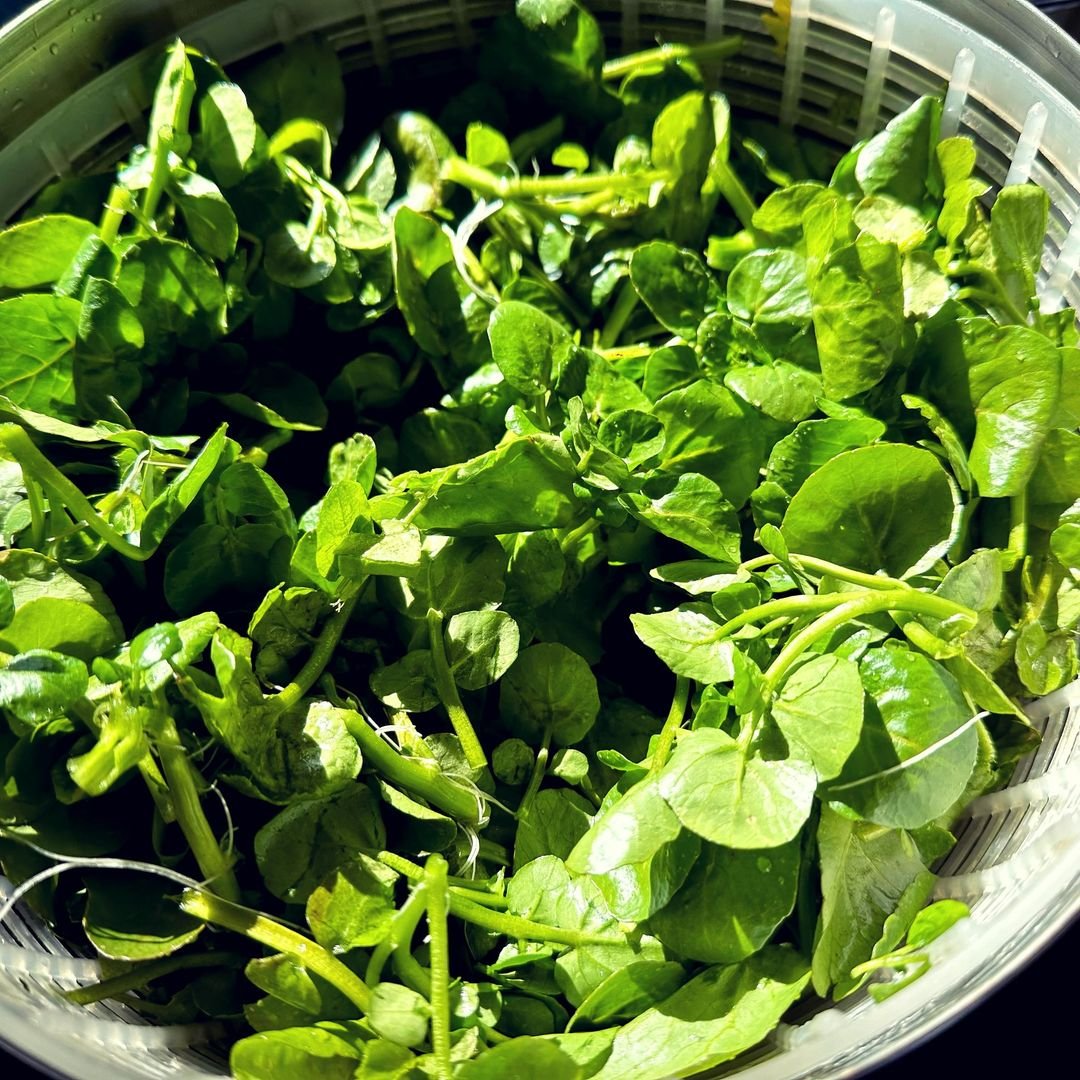
Watercress is a nutrient-dense green that grows well in constantly moist conditions.
Tips:
- Grow in a wide, shallow container with no drainage holes
- Keep soil very moist or grow in a hydroponic system
- Provide bright, indirect light
- Harvest stems when they’re 4-6 inches long
- Rich in vitamins A and C
22. Arugula
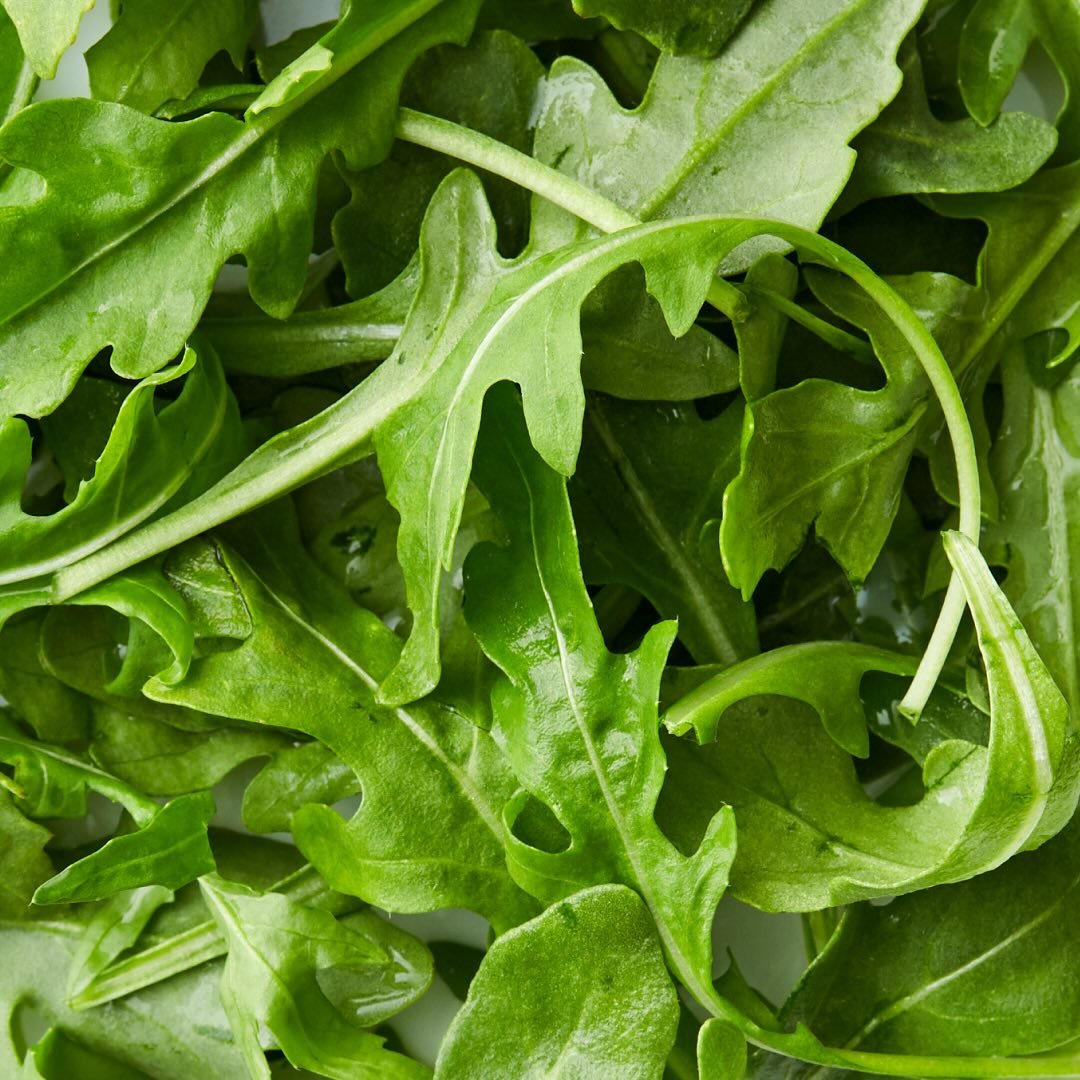
Arugula, also known as rocket, is a fast-growing green with a peppery flavor.
Tips:
- Sow seeds directly in a pot at least 4 inches deep
- Thin seedlings to 3 inches apart
- Harvest outer leaves when they’re 2-3 inches long
- Grows best in cool temperatures (60-70°F)
23. Dwarf Peas
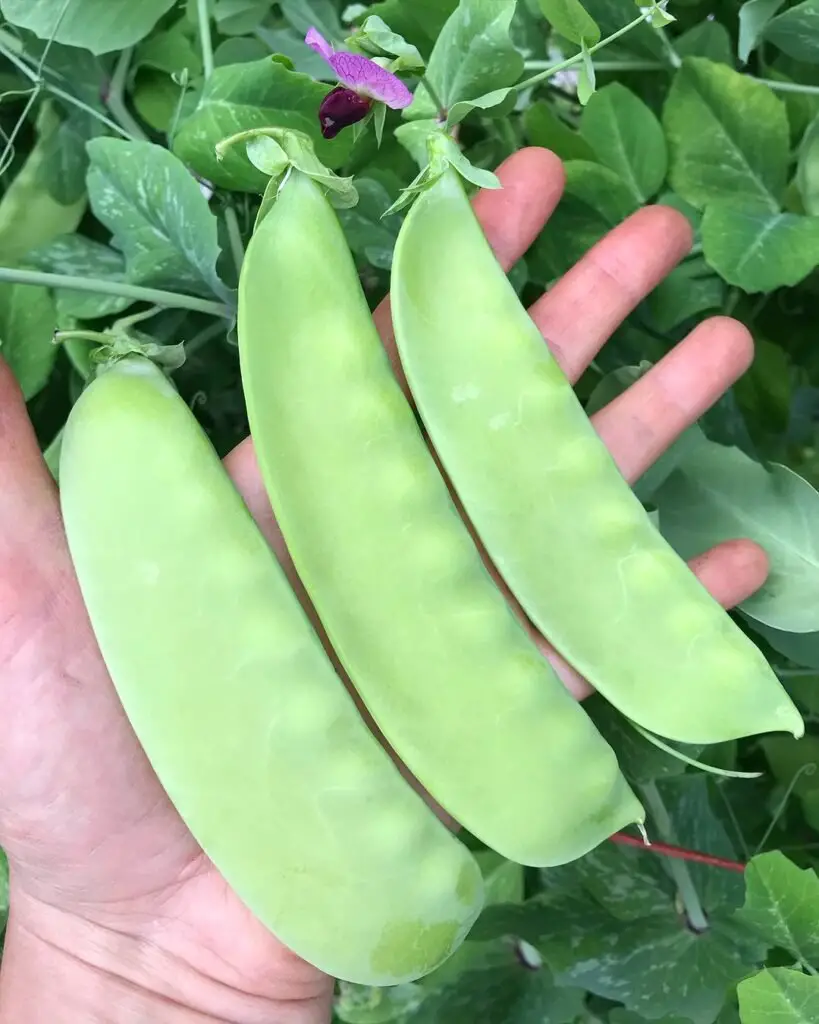
Some pea varieties can be grown indoors for their tender shoots and pods.
Tips:
- Choose dwarf or container varieties like ‘Tom Thumb’ or ‘Patio Pride’
- Use a pot at least 8 inches deep with a trellis for support
- Provide cooler temperatures (60-65°F) for best growth
- Harvest pea shoots when young or wait for pods to develop
24. Celery

Celery can be regrown from the base of a store-bought bunch, making it a fun and easy indoor crop.
Tips:
- Cut off the bottom 2 inches of a celery bunch and place in a shallow dish of water
- Transfer to soil once new leaves appear from the center
- Keep soil consistently moist
- Harvest outer stalks as needed, leaving the center to continue growing
General Tips for Indoor Vegetable Gardening
- Light: Most vegetables need at least 6 hours of light daily. Use sunny windows or grow lights.
- Soil: Use a good quality potting mix, not garden soil.
- Water: Keep soil moist but not waterlogged. Use pots with drainage holes.
- Temperature: Most vegetables prefer temperatures between 65-75°F (18-24°C).
- Fertilizer: Use a balanced, water-soluble fertilizer every 2-4 weeks.
- Containers: Choose pots appropriate for the vegetable’s size and root depth.
- Pests: Check plants regularly for signs of pests. Use natural remedies or insecticidal soap if needed.
Growing vegetables indoors is a rewarding way to enjoy fresh produce year-round. Start with easy crops like lettuce, herbs, and microgreens, then expand to more challenging vegetables as you gain experience. With patience and care, you’ll soon be harvesting fresh vegetables from your own indoor garden.
Remember, each plant has unique needs, so research specific care instructions for the vegetables you choose to grow. Happy indoor gardening!
For more gardening tips and plant care guides, visit usagardenhub.com

